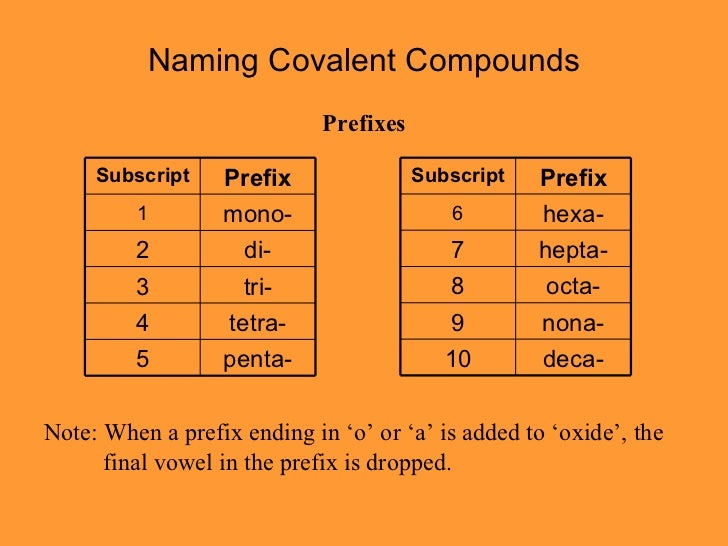
Several advancements in automotive engineering and petroleum chemistry have reduced the need for TEL. The use of catalytic converters, which were required in the United States for 1975 and newer model-year cars to comply with stricter emissions regulations, began the gradual phase-out of leaded gasoline in the United States. TEL, which was used in WWII, achieved 150 octanes, allowing supercharged engines like the Rolls-Royce Merlin and Griffon to achieve high horsepower ratings at a low cost.īecause of concerns about air and soil lead levels, as well as the accumulative neurotoxicity of lead, most developed countries phased out TEL from road vehicle fuels by the early 2000s. TEL had the added benefit of being commercially viable because its application for this purpose could be patented. Adding varying quantities of additives to gasoline, such as low percentage TEL or high percentage ethanol, allowing for simple and inexpensive octane control. Tetraethyl lead anti knocking agents allow higher compression ratios to be used, resulting in increased efficiency and peak power. Tetraethyl lead anti knocking agent: To prevent uncontrolled combustion, known as engine knocking, a gasoline-fueled reciprocating engine needs fuel with a high octane level (knock or ping). As lead was phased out of motor fuel, automakers started specifying reinforced valve seats and improved exhaust valve materials to avoid valve recession in the absence of lead. When these valves reopen, the micro welds separate, leaving a rough surface on the valves that abrade the seats, causing valve recession. Tetraethyllead acts as a barrier between the hot exhaust valves and their seats, preventing micro welds from developing. Concerns about the potential health effects of fine lead particles in the atmosphere were posed almost immediately in authoritative journals. TEL is strongly lipophilic and soluble in petrol since it is charge neutral and contains an exterior of alkyl groups (gasoline).īeginning in the 1920s, TEL was widely used as a gasoline additive, where it acted as an effective antiknock agent and prevented exhaust valve and valve seat wear. Steam distillation is used to recover the product, leaving a sludge of lead and sodium chloride. The Reaction For the Formation of Tetraethyl LeadĬhloroethane is combined with sodium–lead alloy to create TEL.Ĥ NaPb + 4 CH 3 CH 2 Cl → (CH 3 CH 2 ) 4 Pb + 4 NaCl + 3 Pb This article will study tetraethyl lead anti-knocking agent and tetraethyl lead uses in detail. According to an UN-backed report from 2011, the elimination of TEL resulted in $2.4 trillion in annual benefits and 1.2 million fewer premature deaths.

Many countries started phasing out and ultimately banning TEL in automotive fuel as early as the 1970s. Catalytic converters are also poisoned by lead, which is also a major cause of spark plug fouling. Later, concerns about the toxic effects of lead, especially on children, were raised. TEL's antiknock efficacy was discovered in 1921 by the General Motors research laboratory, which had spent many years trying to find an additive that was both highly efficient and inexpensive. As a result, vehicle efficiency and fuel economy improved. It's a petro-fuel additive that was first mixed with gasoline in the 1920s as a patented octane rating booster that enabled engines to run at higher compression levels. There are four atoms chemically bound together in the tetra atomic molecule with atomicity three.TEL stands for tetraethyl lead (also known as tetraethyl lead) and is an organolead compound with the formula (CH 3 CH 2 ) 4 Pb, where the lead formula is Pb.

Note: Don’t confuse between the number of atoms bound chemically together in tetra atomic molecules and atomicity of tetra atomic molecules. Molecules that have four or more than four atoms are called polyatomic molecules. Molecules that contain 4 atoms are called tetra atomic molecules. Molecules that consist of three atoms are called a triatomic molecule. Examples of diatomic molecules are hydrogen, oxygen, etc.

Molecules that consist of two atoms are called diatomic molecules. Molecules that are stable as a single atom are called monatomic molecules. Let's see the meaning of monoatomic, diatomic, triatomic, tetra atomic, and polyatomic molecules with examples.


 0 kommentar(er)
0 kommentar(er)
